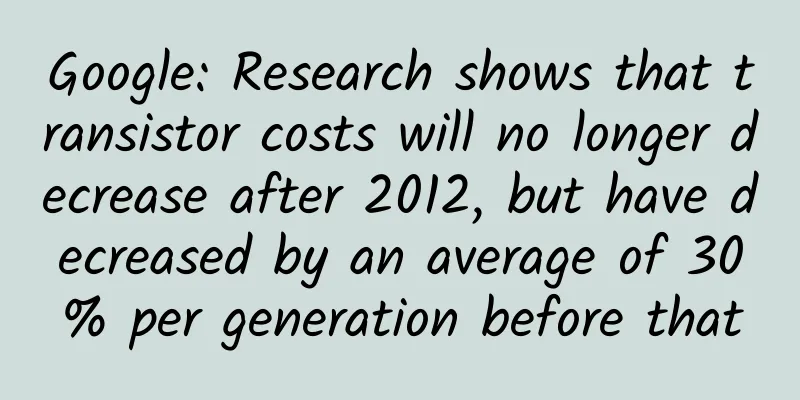Nissan Leaf's autopilot turned off during demonstration, posing safety issues

|
Last week in Yokohama, near Tokyo, Nissan Motor Co. planned to show the public the latest version of its electric car Leaf's self-driving technology on a sunny day. However, not long after the technology demonstration began, the Leaf suddenly stalled. Nissan Vice President Kazuhiro Doi apologized: "We once again realized that there are still technical difficulties in the self-driving system." Nissan engineers also admitted that mobile phone signals would affect the self-driving equipment when watching media on mobile phones. The demonstration failure once again proved that Nissan's self-driving system is not ideal, which is a profound lesson for Nissan Motor Co., which is scheduled to be promoted on European roads next year. Nissan is planning to sell a "Pro-Pilot" system that allows the vehicle to control acceleration, braking and steering on one-way streets, and it is already equipping the Serena model with the system. This type of self-driving technology was previously only available in high-end cars from big brands such as Mercedes and Tesla, but now it is being applied to mass-market models for the first time. So far, 70% of Nissan Serena buyers have to pay an additional $1,000 to add the additional self-driving function. Other car brands (such as Tesla) also have comparable technology, but previous accidents have shown that such systems still have problems in safety and accidents may occur after switching to self-driving mode. Such safety issues inevitably limit the market potential of Nissan's self-driving technology, which is being pursued by rivals such as General Motors, which has delayed the launch of its Super Cruise system until it is sure the technology is absolutely safe. But some automotive experts say semi-autonomous vehicles are an important technological innovation that will help reduce traffic jams and are relatively safe, at least because the autonomous driving system won't be distracted by children or phone calls. Nissan insists its system is safe. "Our automated driving is based on safety technologies we have developed over the years, such as brake control and lane departure warning systems," said Takashi Shirakawa, Nissan's head of research and development. “This is not a completely new technology, the technical basis is well established and has been proven for many years.” At present, Nissan's self-driving vehicles are only able to drive in a single lane. The next generation version, launched in 2018, will see the vehicles able to change lanes and overtake on their own, and by 2020 they will be able to use sidewalks and intersections to avoid traffic jams. By 2020, Nissan plans to have 10 vehicles equipped with autonomous driving systems. "We will wait until everything is ready before launching this technology," said Paul Willcox, president of Nissan Europe. "Fundamentally, the technology has to be robust and reliable." Nissan also insists that the driver is responsible for the vehicle's operation. Even when driving automatically, the driver is required to keep both hands on the steering wheel at all times. If both hands are removed from the steering wheel, the system will beep to warn, and if no response from the driver is detected, the vehicle will gradually slow down to a stop. Nissan calls the technology an "assistance" service rather than a self-driving system. Even though there are still many questions about Nissan's system, he said the company's offering of such features will lead the industry, at least better than those companies that are still taking a conservative approach. He added that, as it stands, such systems are far safer than human drivers. “If they follow the rules, they are extremely safe, but the problem is that some people don’t follow the rules,” he added. As a winner of Toutiao's Qingyun Plan and Baijiahao's Bai+ Plan, the 2019 Baidu Digital Author of the Year, the Baijiahao's Most Popular Author in the Technology Field, the 2019 Sogou Technology and Culture Author, and the 2021 Baijiahao Quarterly Influential Creator, he has won many awards, including the 2013 Sohu Best Industry Media Person, the 2015 China New Media Entrepreneurship Competition Beijing Third Place, the 2015 Guangmang Experience Award, the 2015 China New Media Entrepreneurship Competition Finals Third Place, and the 2018 Baidu Dynamic Annual Powerful Celebrity. |
<<: Internet TV licensees must either actively evolve or be forgotten by the market
Recommend
What does it mean when Tik Tok creates content that violates regulations? Introduction to the types of illegal content created on Tik Tok
If Douyin users want to achieve the effect of att...
After watching 1,000 videos, we summarized 10 ways to make money on Douyin!
In the past two days, I have watched more than 1,...
How to write good copy? Here’s a [universal little formula] for you!
Although some people say that there is a group of...
The whole process of liver injury
Loading long image... Source: CCTV News...
“Ruthenium signature” confirms: Did the great destruction 66 million years ago come from the outer solar system?
For a long time, the sudden disappearance of dino...
The most comprehensive summary of Apple bidding ads ASM terms in history
Since I started working on Apple's ASM biddin...
If we cut off the free live broadcasts, do we still need a TV in the living room?
Popular Science Times reporter Chen Jie Recently,...
What exactly is the mysterious creature “Water Monkey”?
In our country, various versions of the "wat...
Come and try it! If you can solve this "riding a donkey" puzzle, it means you are really good!
Author: Gongzi Xin Speaking of playing games The ...
How to improve the effect of information flow and double the conversion?
We all know that whether it is bidding or informa...
Going inside rocks to explore the scientific mysteries of fluid inclusions
For many years, the academic community has been p...
How to conduct UGC operations for different types of products?
UGC , user generated content. Since the first tim...
The actual progress report of "operating core users" has successfully completed the first step!
Every product operates core users, but also encou...
Behind NetQin's success in mobile entertainment: three magic weapons for successful transformation
Ten years ago, NetQin entered the security field ...









